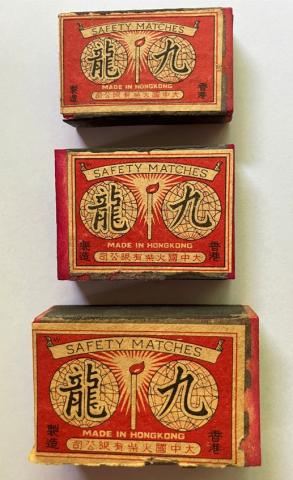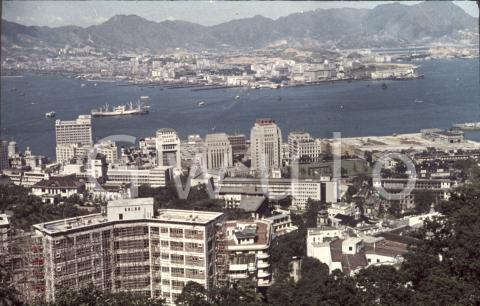New on Gwulo: 2025, week 16
What's new and updated on the Gwulo website:
General
- Gwulo is coming to Cheltenham! I'll give a talk in Cheltenham on 18 June, kindly organised by Martin Reynolds. Full details and how to book (note there's an early-bird offer if you book by 30 April).
- Thank you to everyone who came along to the talk in London on 5 April, and thank you to the Friends of East Asia for hosting it. The sun shone, the dim sum lunch beforehand was delicious, and we had a full house for the talk.
- Continuing discussions in the comments about:
- Hong Kong's old fire hydrants
-
olson brothers, by jill
- Hong Kong's old fire hydrants
- If you've enjoyed reading Martin Booth's book, titled either Gweilo, or Golden Boy depending on the edition, we've got a list of the main sites he mentions in each chapter. The list has links to the sites' location and photos, so you can see the places he describes as you read along.
- A look at the three old bridges across the Wong Nai Chung Nullah / Bowrington Canal.
- Online resources:
- The 1889 Jurors List is now online, and ...
- ... we've started typing up the 1888 Jurors List - please join in and type up a page if you can
-
essarem introduces a collection of matchboxes he found on the streets of Hong Kong and Kowloon in 1966. Sample:
1966 - Gau Lung (Kowloon) brand matchbox - An Introduction, by essarem
Places & Streets
- Read more about New on Gwulo: 2025, week 16
- 1 comment
- Log in or register to post comments


